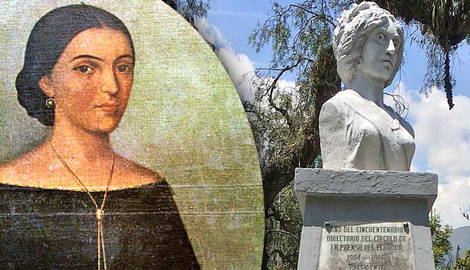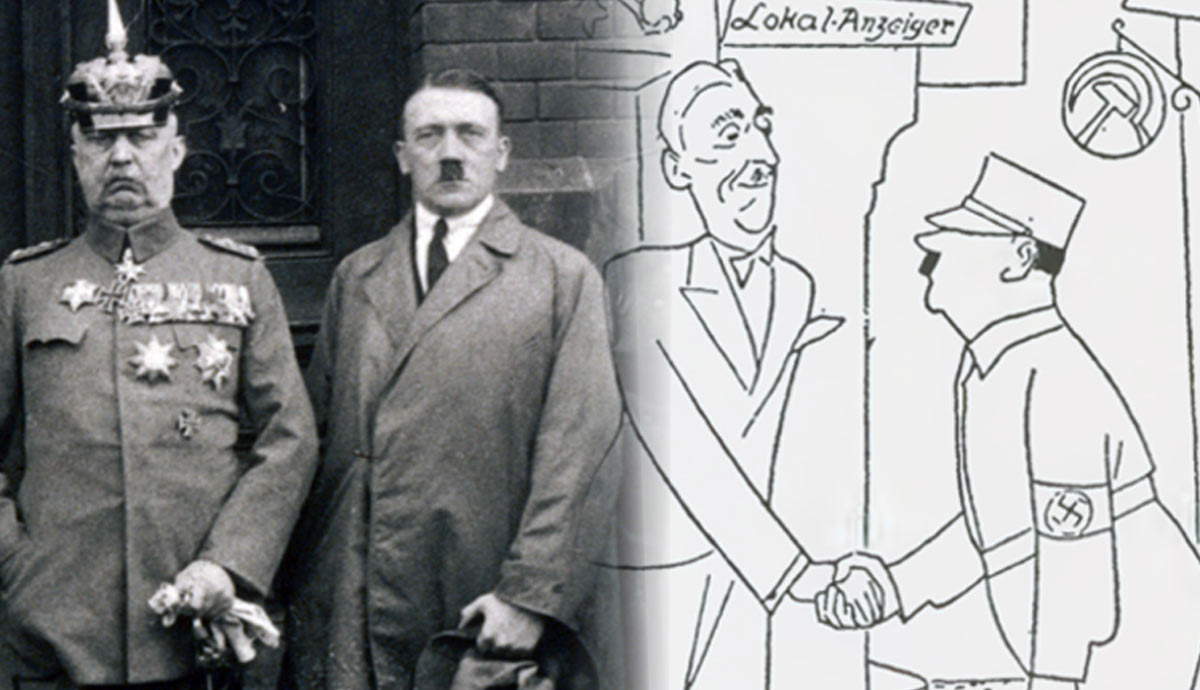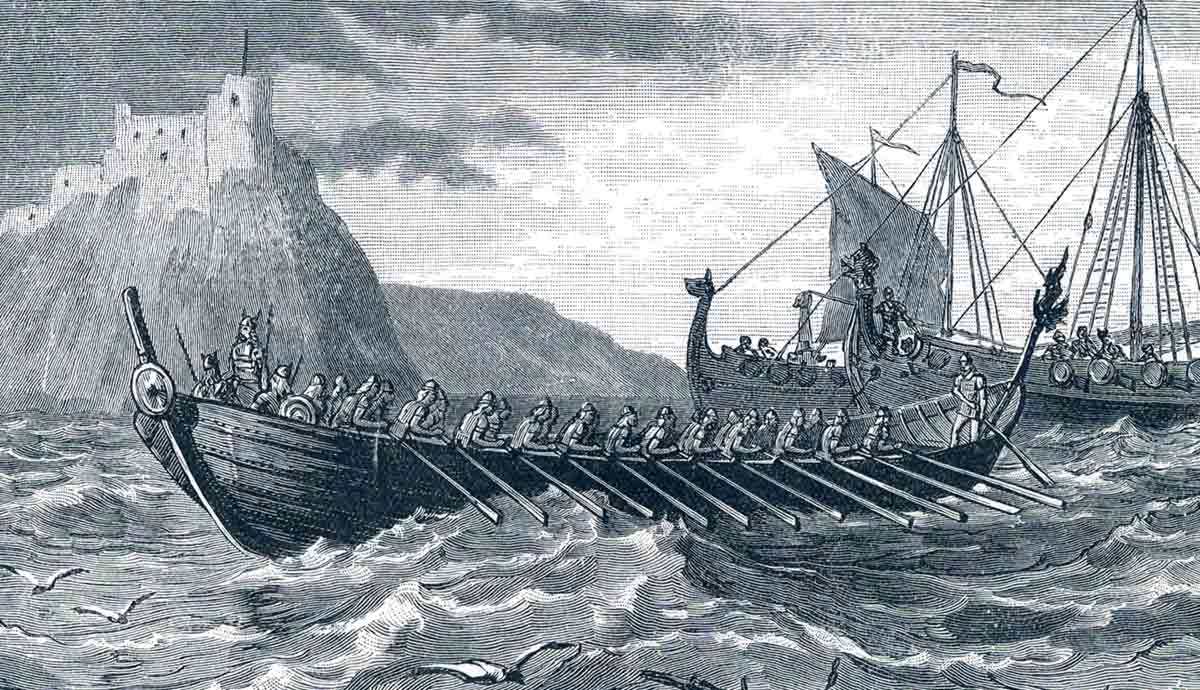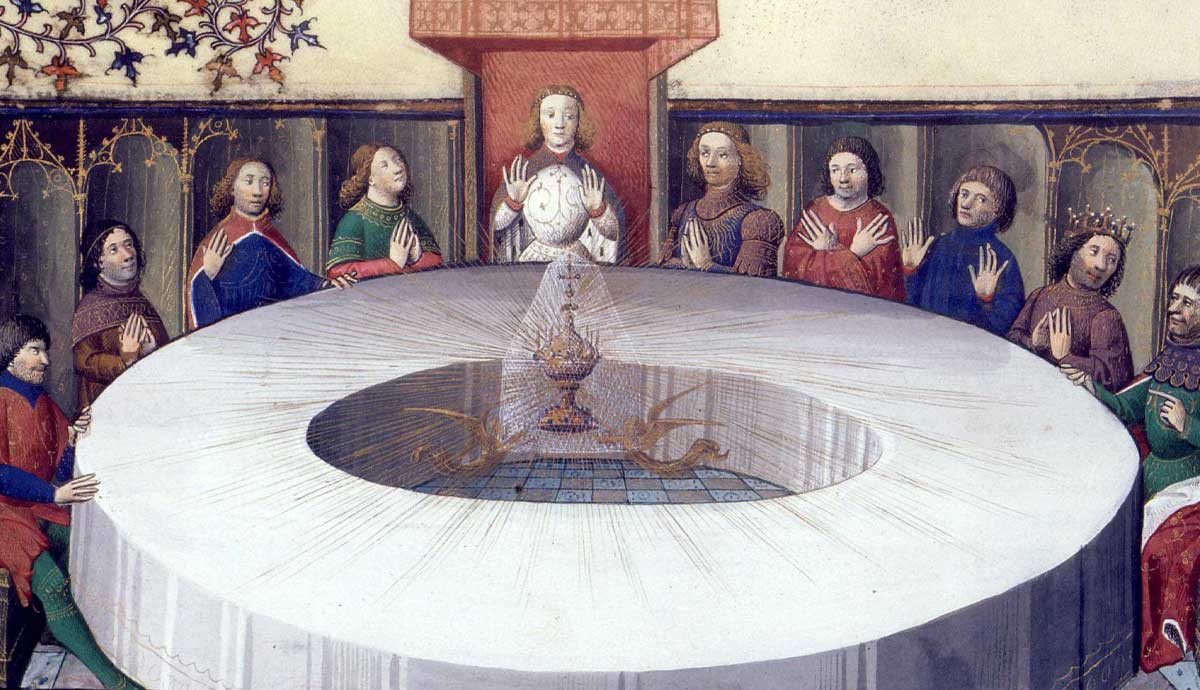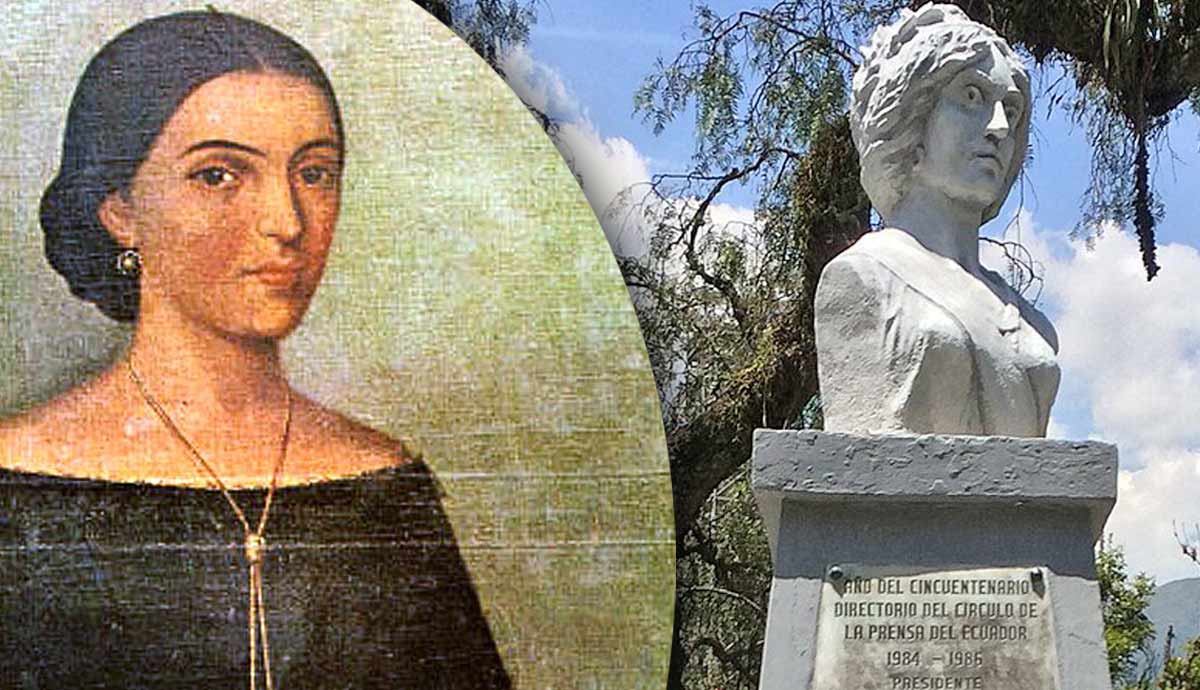
Manuela Sáenz, an activist for Latin American independence in the 19th century, challenged ideas about what women could do in all sectors of her life, from love to war. Though she pushed the limits of what women could achieve politically, she was limited by the same. Her courage and commitment to the patriotic cause made her a symbol of resistance and female empowerment. Despite obstacles and opposition from the male political elite, she defied the gender norms of her time and stood out as a formidable political leader.
A Bastard Daughter

Manuela Sáenz was born in Quito, in the Viceroyalty of New Grenada, on December 27, 1797, the product of an extramarital affair between a Spanish official of the Royal Audiencia of Quito, Simon Sáenz, and Maria Joaquina de Aizpuru, a local creole woman. The early death of her mother led her to study in convent schools, where she received the typical education of elite young ladies: embroidery, candy making, and music, in addition to studying various subjects, such as spirituality, history, and politics. This education helped her develop culture, vivacity, and sharpness in her speech, as well as the critical thinking skills that fueled her rebellious spirit.
While studying, she eloped with an officer of the Royal Guard, which ended in her expulsion. She then returned to live with her father, who, in an effort to tame her spirit and secure her future, arranged a marriage for her with a wealthy English doctor much older than herself. However, his efforts were in vain; she continued to live freely and defy gender and class expectations throughout her life.
Manuela was always marked by being illegitimate, as well as her romantic scandals and behavior. She lived in a society that focused more on her faults than her intellectual qualities and talent. It is no surprise that she had such a rebellious character, discontented with the society in which she lived, where criollos and women were excluded. She longed for freedom, a feeling fueled by the whispers of independence already resonating throughout the Americas.
The Rise of the Rebel

Once Manuela had decided to fight for freedom, with her character, nothing would stop her. While living in Lima with her new husband, she contacted the local patriots and managed to convince her half-brother and his entire battalion of the royalist army to switch sides. Like other women who participated in the independence wars, she established an information network, organizing gatherings and informing the patriot forces. In addition to acting as a spy and informant, Manuela provided financial support for battles and even participated on the battlefield disguised as a man.
She began to be recognized for her feats and bravery in the pro-independence campaigns. General José de San Martín awarded her for her work in the struggle for Peru’s independence and granted her the title of Knightess of the Order of the Sun of Peru.

Subsequently, she returned to Ecuador, supposedly for inheritance matters, but her main intent was to collaborate with the local patriots. Driven by a fervent desire to fight for freedom, she enlisted in the army along with the Black women, Nathan and Jonathas, her father had given her as slaves but who became her close friends, confidants, and comrades in arms. However, the three of them were limited by an insurmountable barrier: Manuela needed the authorization of her father or her husband, and Nathan and Jonathas, being considered “property” of Manuela, also needed their approval.
Frustrated, she wrote in her diary: “The gentlemen Generals of the Patriot Army did not allow us to join them; my Jonathas and Nathan feel the same keen interest as I do in fighting, because we are Creoles and mulattos, to whom the freedom of this land belongs.”
Nevertheless, she participated by creating an intelligence operation with her friends to learn about the enemy’s positions and strategies, following every moment of the battle and taking care of the wounded.
After the defeat of the Spanish forces, she wrote: “I have met almost all the officers of the Liberator’s Army, going to their headquarters, in order to make myself known to these military bodies, as I truly like the cause. I believe I was born with glory running through my veins! Although my father and my husband oppose me being in contact with the army. I have no choice but to do my will, which is stronger than me.”
Bolívar and Sáenz: Years of Fire

When the famed revolutionary Simon Bolívar traveled to Quito, he met Manuela Sáenz, and from that moment on, they became inseparable. She was 24 years old, and he was 39. Bolívar’s wife had died, and he had only had occasional lovers before he met her. For Manuela, marriage was no impediment; she left her husband as soon as possible, yet another scandal in her life.
This excerpt is from a letter she wrote to her husband after several pleas asking her to return to him: “And do you believe that I, after being the general’s favorite for seven years, and with the certainty of possessing his heart, would prefer to be the wife of the Father, Son, or Holy Spirit, the Holy Trinity? … I know very well that nothing can unite me with Bolívar under the terms of what you call honor. Do you believe me less honorable because he is my lover and not my husband? Ah, I do not live my life in accordance with the social concerns we’ve invented to torment each other.”
Manuela was a woman who knew what she wanted and was willing to do anything to pursue her ideals alongside the man she loved. She and Bolívar were not only lovers but also comrades in battle, confidants, and allies. She took charge of reviewing and responding to his correspondence in his absence and was his observer in both political circles and troop movements.

Manuela took charge of investigating plots against Bolívar, as the political and administrative landscape became increasingly complicated after independence. She saved his life on more than one occasion, though he was skeptical about what she told him. The most famous incident is The September Night. Manuela had warned him months before that she had clues about a plot to assassinate him; however, he did not take her seriously. Around midnight on September 25, several soldiers and civilians forced open the door of the Presidential Palace and killed the guards in an attempt to find Bolívar. Manuela woke him up in time, and although he wanted to fight, she persuaded him to escape through the window. She stayed in the room with a sword in hand to give the liberator more time to escape and hide.
Defying the Patriarchy

Manuela was a natural leader with a clear vision and great charisma; her participation was decisive for the course of historical events and the Latin American independence process. She herself planned and implemented revolts and plots in the name of independence and the ideal of a united America. She was also greatly appreciated and respected by soldiers and patriots.
In 1827, she planned and led an uprising in Lima to counter the revolution that had erupted against Bolívar and in favor of an independent Peru separate from Gran Colombia. A year later, she also led a public protest in Bogotá against the internal factions that polarized the administration of Gran Colombia, threatening its stability.
Her power in leading soldiers and participating in political events demonstrated her significant influence on the course of such events. For her followers, she was a leader worthy of admiration and respect, while for her enemies, she was a threat.
Moreover, she was a woman who defied the standards imposed by society at the time, both in her relationships and in her political actions. She was undeterred, however, taking advantage of every opportunity to support the cause, including using women’s gossip networks to uncover plots.
Manuela inspired fear because she challenged the power of male rulers in the newly independent states of Peru, Colombia, and Ecuador. They, in turn, resorted to a permanent solution to silence her and remove her from the scene: exile.
Manuela’s Exile and Death

Following exile, Manuela resided in a small coastal town in northern Peru, Paita, separated from everything that mattered to her, with no friends or money. There, she lived modestly for 25 years until her death.
Initially, she tried to remain involved in Ecuadorian politics, particularly in border demarcation and the rivalry between liberal and conservative factions. However, as time passed, she became increasingly forgotten, partly because her connections became less relevant and partly because, once again, the traditional gender model that excluded women from the political sphere prevailed.
As she became more marginalized from politics, she turned to trading tobacco and translating and writing letters to the United States for the whalers passing through the area. She also made sweets and embroideries on commission.
Manuela Saénz died at the age of 58 during a diphtheria epidemic that swept through the region. Her body was buried in a common grave in the local cemetery, and all her possessions were burned to prevent contagion. Many important documents, such as her love letters to Bolívar and other documents from Gran Colombia, were lost.
